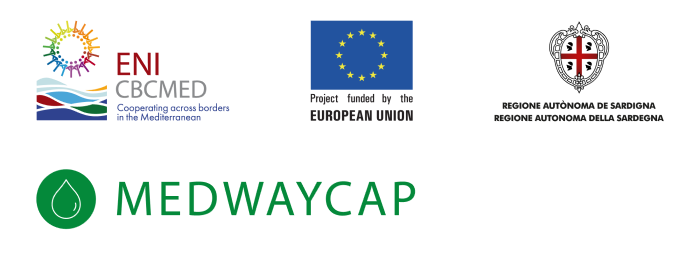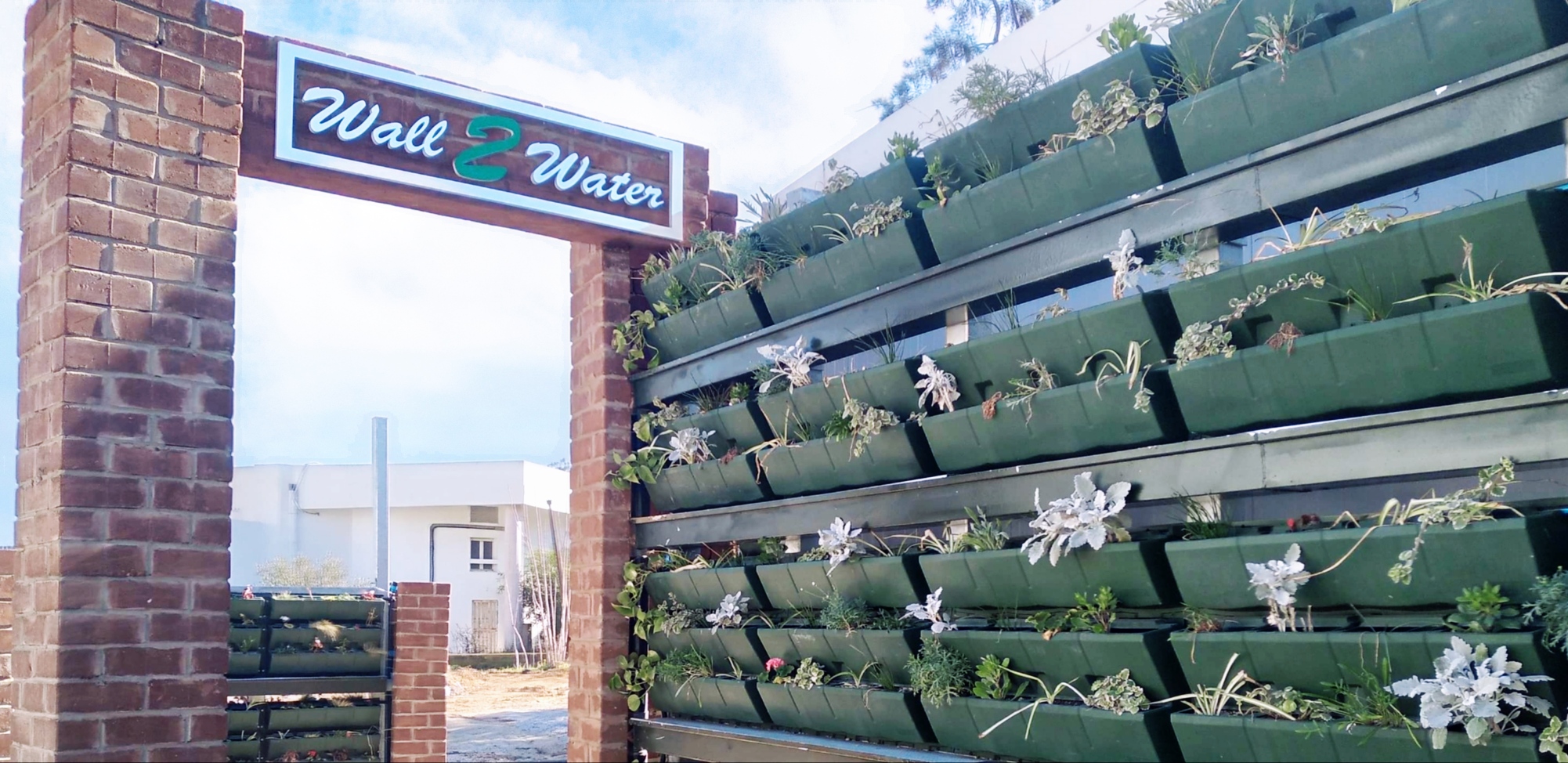Presentation of the Best Practice
Target challenge
- NCW not valued locally
- Move towards zero discharge at local level
- Closing the water and nutrient cycle
- Low sustainability of the treatment system
- Operational conditions not optimised
- Inadequate strategy
- Vulnerability to climate Change
- Reclacitrance to use treated NCW
Area Typology
- Urban area
Main beneficiaries
- Water Utilities
- Local Population
- Municipalities
- Farmers
- Householders
- Management Authorities
Water available at the local level for multiuse.
Implementation of edible community garden for students thanks to the treated greywater and collected rainwater.
Funding
- EU funding
- National funding
Used technologies / tools
- Desinfection process
- UV
- Nature based process
- Living wall
- Degreaser
- Living Green Wall
- Pretreatment
- Desinfection
- Olla trickle irrigation system
Implementation site
NCW type
- Rainwater (RW)
- Greywater (GW)
NCW USE
- Toilet Flushing
- Garden Irrigation
Self-Assessment
TRL : Technology Levels
Obstacles to implementation
- Lack of an adequate regulatory framework
- Isuffi cient funding instruments to support solution for NCW
- Lack of public acceptance of water reuse
- Lack of training of professionals to take up best practices in their portfolio
- Other (Please specify below)
- The NCW is not considered as ressource in the national governance system.
Obstacles to funding
How your Best Practice is economically feasible ?
Result of this assessment
Not availableEnviromental impact
SDGs
Energy consumption comment
Validation/upscaling
Potentiel of exploitation/outscaling
Lessons learnt
LGW is complex system strongly impacted by the local context.





Social impact of the BP
Jobs created
Jobs created comment: 2 engineers and 1 researcher have been recruited to conduct the LGW implementation and monitoring.